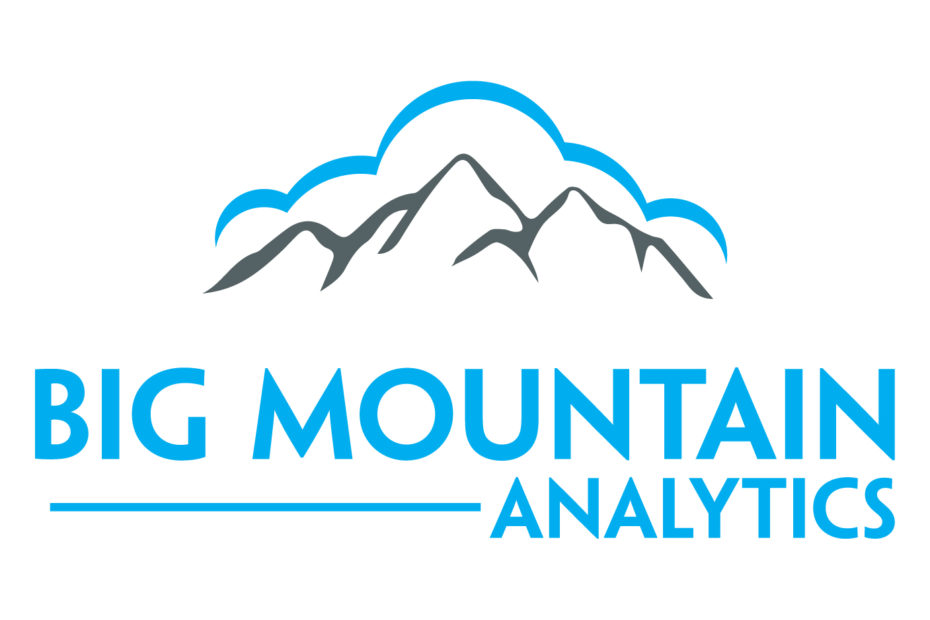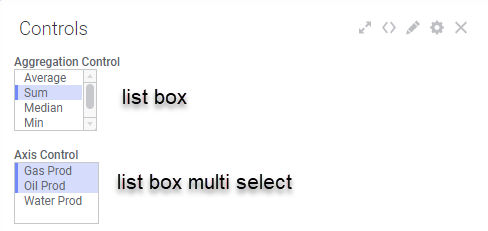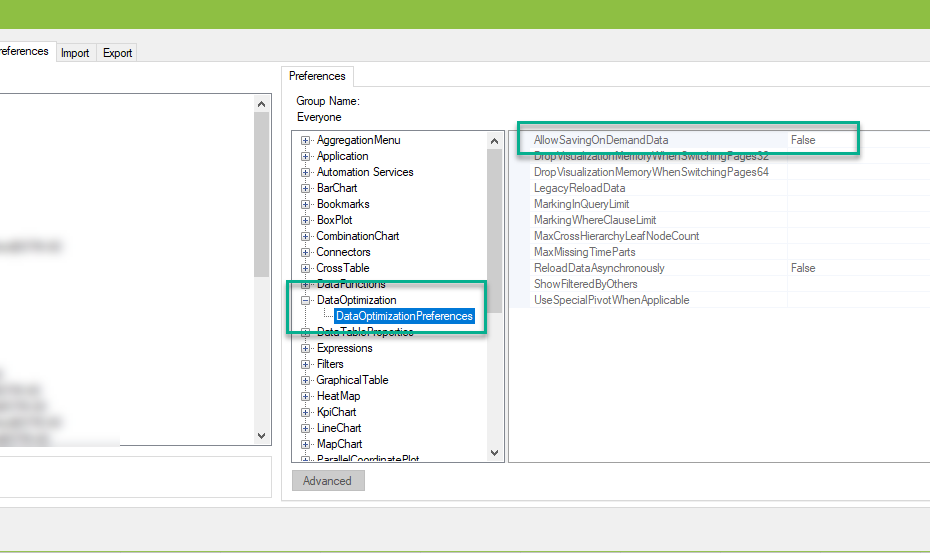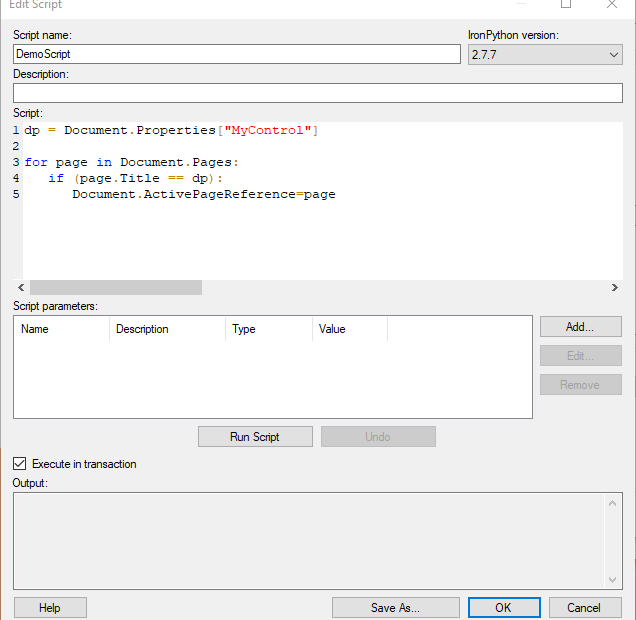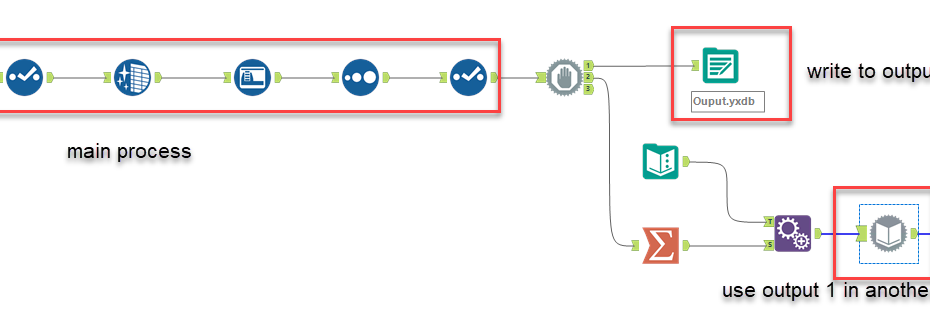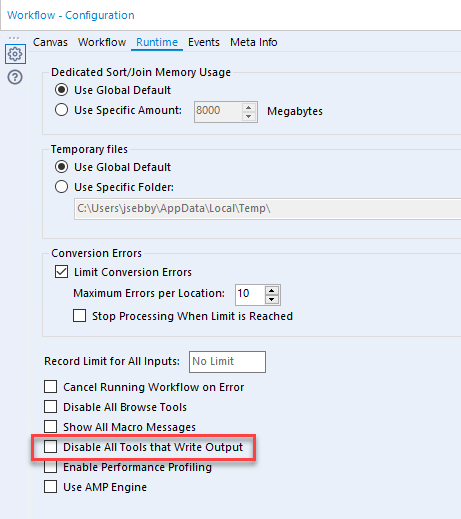How to Use Input Property Controls in Spotfire Text Areas
Welcome to week four of learning to use property controls. So far, I have covered drop-downs, list boxes, and list box (multiple select). Today we cover two different ways to use input property controls. If you’re in oil and gas, input property controls will be your go-to for creating type curves in reservoir engineering workflows. Read on to learn more about creating input property controls in Spotfire text areas.
Read More »How to Use Input Property Controls in Spotfire Text Areas